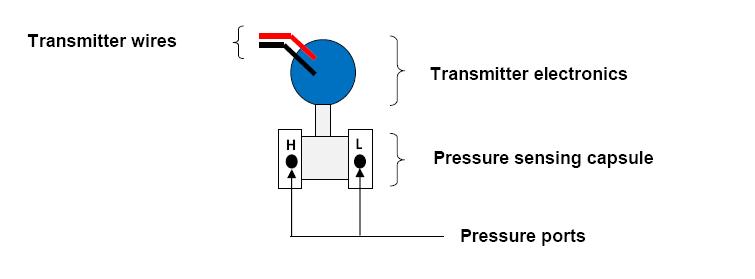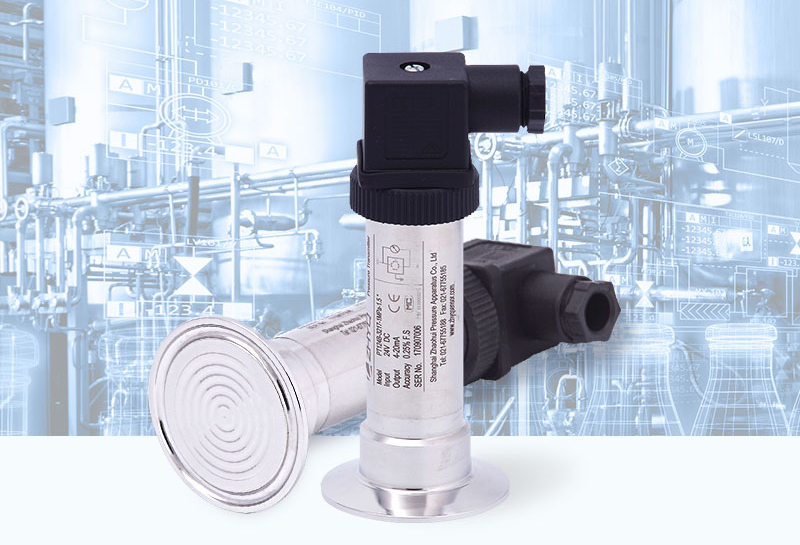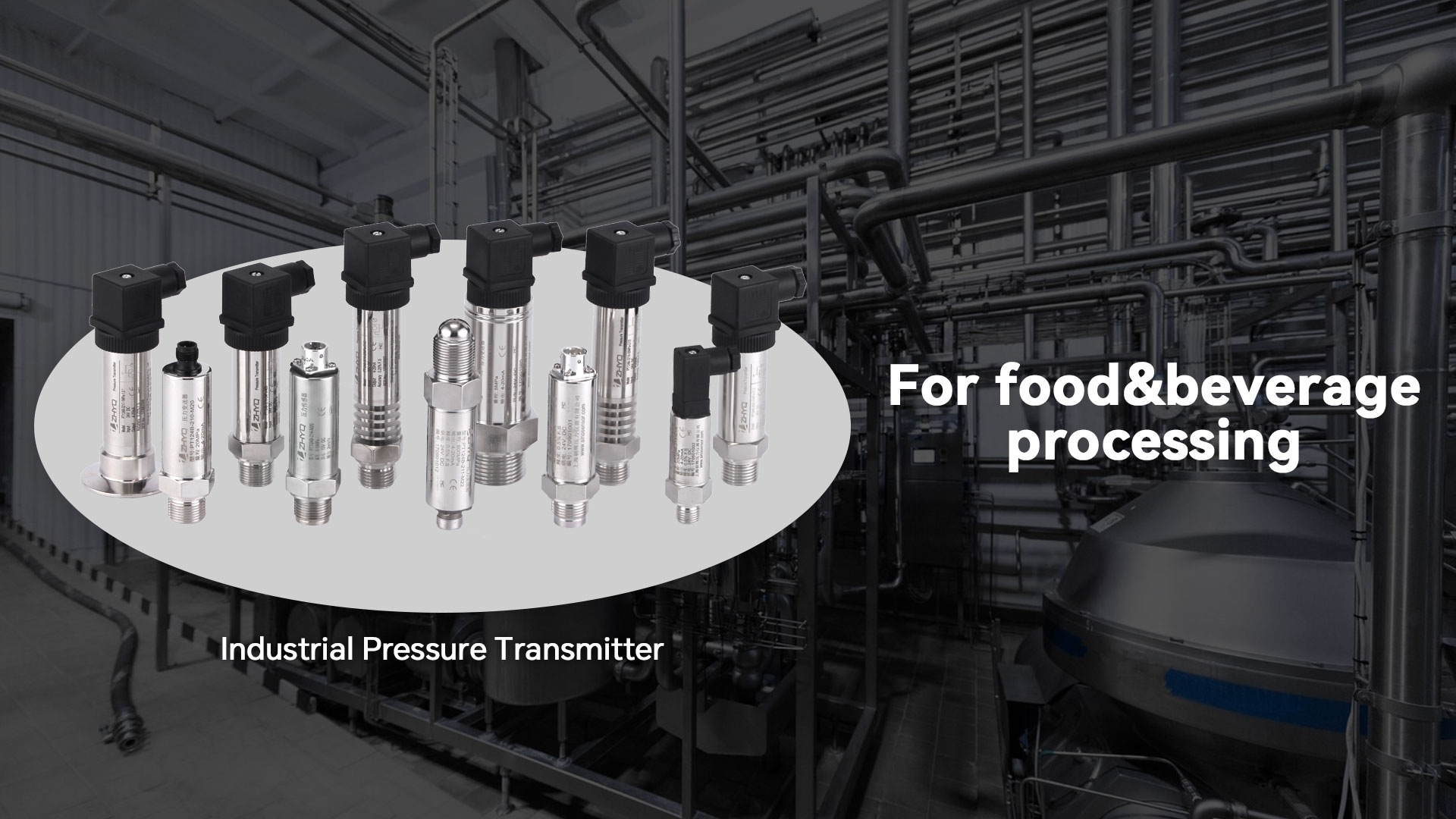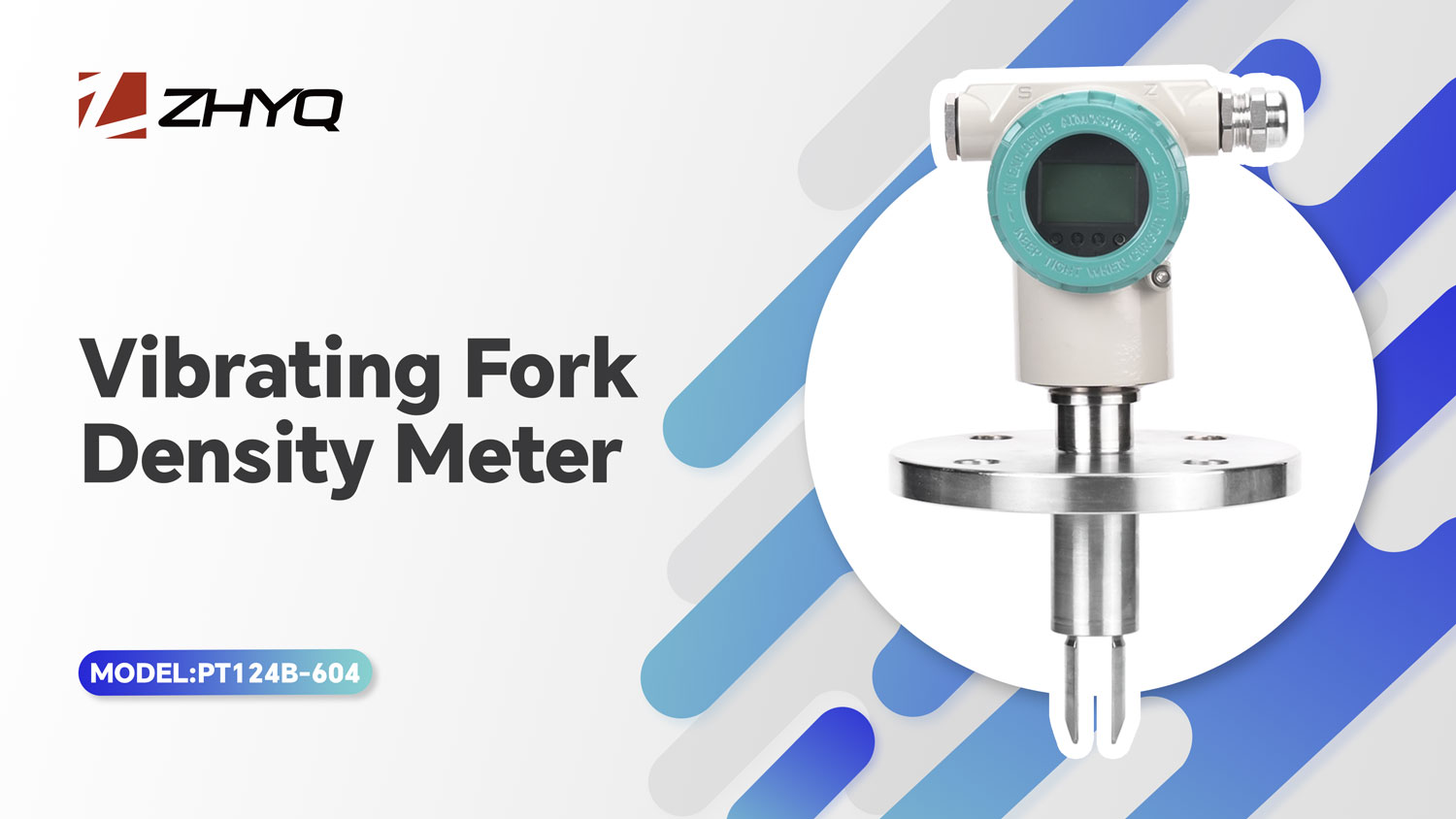
- Pressure Sensor, Pressure Transducer, Pressure Transmitter


- 2019-11-27
- Zhyq
- 151
An Introduction to DP Transmitters
Differential pressure (DP) transmitters are one of the most common, versatile and most useful pressure measuring instruments in industrial instrumentation systems. A DP transmitter senses the difference in pressure between two ports and outputs a signal representing that pressure in relation to a calibrated range.
DP transmitters currently in use in most instrumentation systems are based on any of the following technologies:
a) Force-balance principle
b) Strain gauge
c) Differential capacitance
d) Vibrating wire or mechanical resonance
The force-balance principle is utilized in pneumatic pressure transmitters while most of today’s electronic pressure transmitters that have practically replaced the pneumatic pressure transmitters, use the technologies (b) – (d).
These days, electronic pressure transmitters are popularly used because of their many advantages. Two of their main advantages are enumerated below:
(a) They are cheaper to install and maintain
(b)The transmission of electronic signal is cheaper and easier to install- Most electronic pressure transmitters have one pair of wires instead of expensive stainless steel signal tubing and air supply lines required for pneumatic transmitters.
Today’s electronic pressure transmitters typically use three kinds of pressure sensor capsules: differential capacitance (Rosemount), strain gauge (Honeywell and Foxboro) or vibrating wire (Foxboro and Yokogawa). The output from the capsule is electronically converted to a standard 4-20 mA signal for transmission to wherever the signals are needed e.g a control room.
As shown by the schematic diagram below:
Electronic pressure transmitters are typically made of two basic parts:
(a) The pressure sensing capsule
(b) The electronics for converting differential pressure into a standard 4 – 20mA DC signal
The Pressure sensing ports on the transmitters typically have 1/4 inch female NPT threads to readily accept connection to the process medium. One of these ports is labelled “high” (H) and the other is labelled “low” (L). This labelling does not necessarily mean that the “high” port must always be at a greater pressure than the “low” port. What these labels represent is the effect that a pressure at that point will have on the output signal.
The most common sensing element used by modern DP transmitters is the diaphragm. One side of this diaphragm receives process fluid pressure from the port labelled H while the other receives process fluid pressure from the port labelled L. Any difference of pressure between the two ports causes the diaphragm to flex from its normal resting position. This flexing is then translated into an output signal (4-20mA) by either a strain gauge, differential capacitance or a vibrating wire depending on the manufacturer and model of the transmitter.
If the pressure applied at the port H is greater than that at the port L of the DP transmitter, the output signal from the transmitter will increase and tend towards the 20mA mark. If on the other hand the pressure at the port L is greater than that at the port H, the output signal from the transmitter will decrease and tend towards the 4mA mark.
Next post
Leave Your Inquiry
Your email address will not be published. Required fields are marked *


